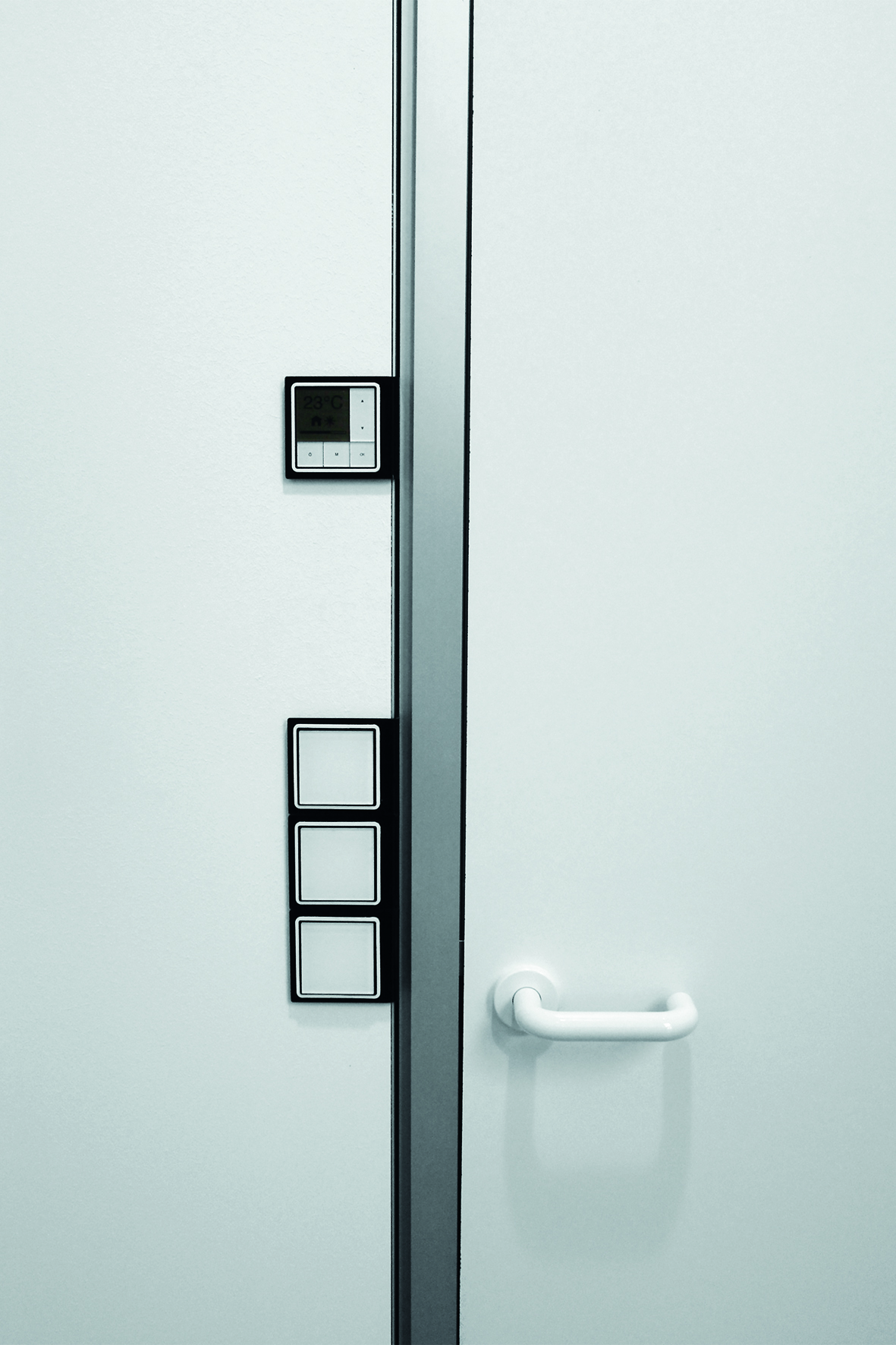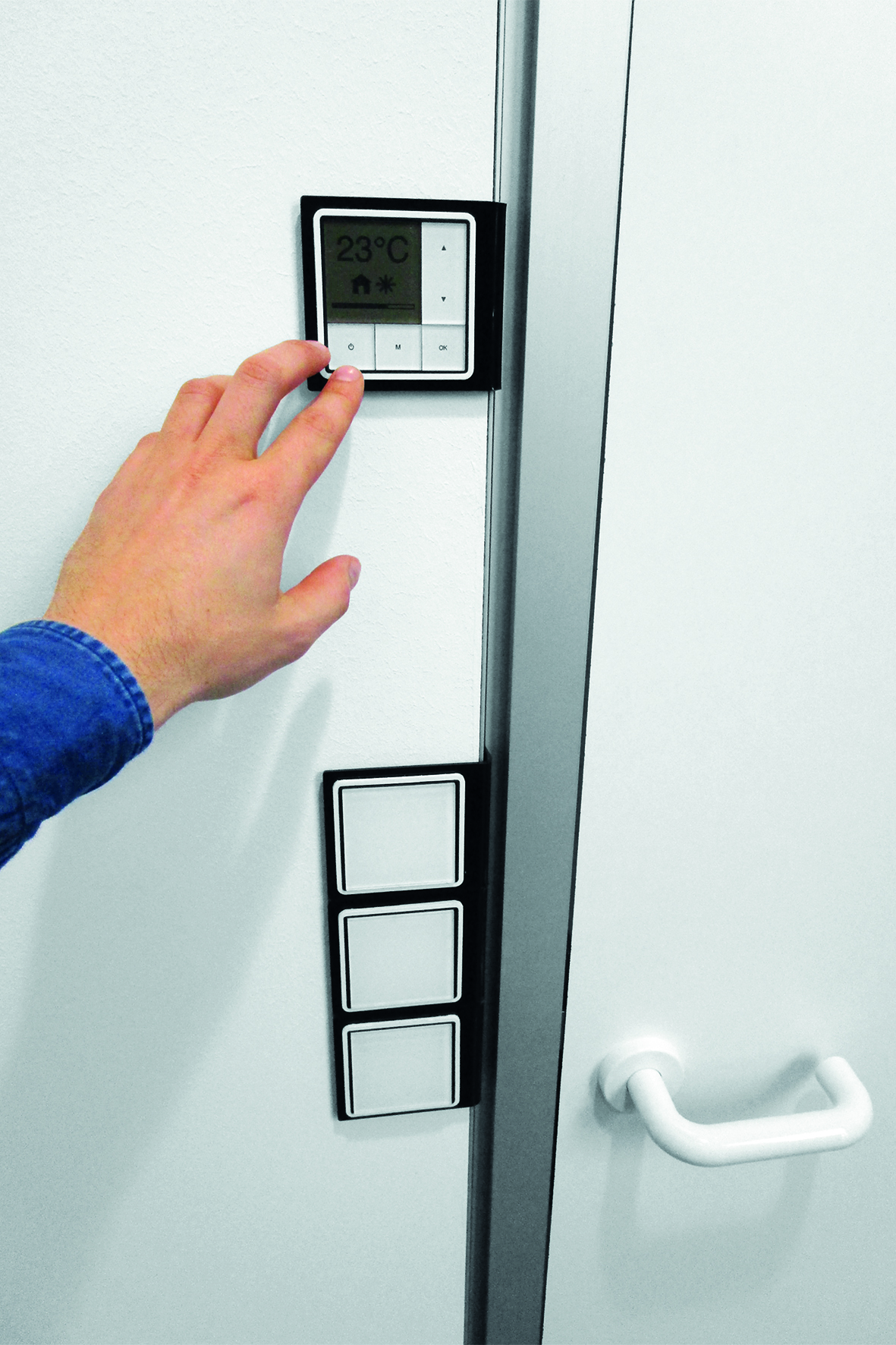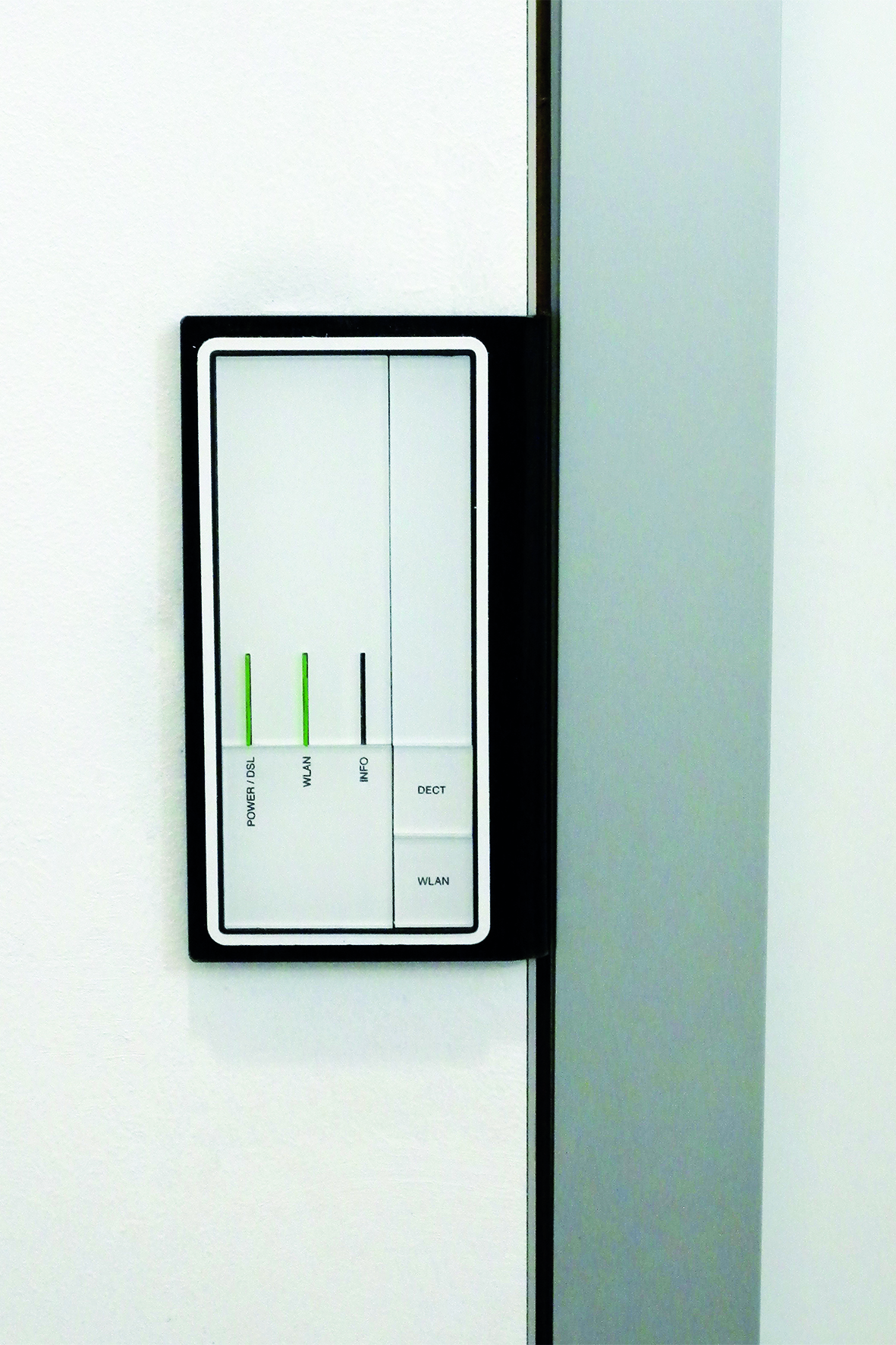»The system is impressive thanks to its numerous sustainability aspects. It can be retrofitted to buildings in a considerate and resource-saving manner, while modules can be flexibly adapted and exchanged according to user requirements. The minimal structural changes that are required and the high flexibility in the selection and positioning of the modules also ensure that the system comes with a long service life.«
Prof. em. Günter Horntrich, jury member

Three questions for the designers
Can you remember the moment when you first had the idea for M-Frame?
How did the idea become a product?
M-Frame emerged from the Industrial Design semester project "Die Tür" at the Technical University of Munich. At the beginning, during field research on various construction sites, it soon became clear that an ecologically oriented product concept could have an especially large impact in this area. Our interdisciplinary team shifted the focus onto the users and from this derived a number of different emphases. Among others, the aspects of installation and retrofitting, functionality, practicability, special ecological compatibility and, of course, an attractive appearance were all viewed as particularly important.
What was your personal highlight in the development process for M-Frame?
Was there a low point?
One challenge was the realisation and compatibility of the different emphases. We nevertheless succeeded in developing a concept that gainfully combined these areas of focus. A concept evaluation confirmed that, for the first time, we could bring about individual adaptability for users as regards the interface between humans and buildings. At the same time, we were also able to implement the ecological requirements and give consideration to the technical feasibility. However, it was not until we had feedback from users and experts that we became aware that this had resulted in a holistic and future-oriented concept.
Where do you see yourself and your project in the next five years?
To have received the Federal Ecodesign Award in the Young Talent category confirms the technical relevance of the project and shows that designers can successfully meet ecological requirements whilst also designing a modern and user-friendly product. The incredible ability of designers to quickly familiarise themselves with different disciplines and to methodically come up with new approaches means that we can expect further trendsetting, diverse and successful projects. We would certainly like to play our role in this process.

